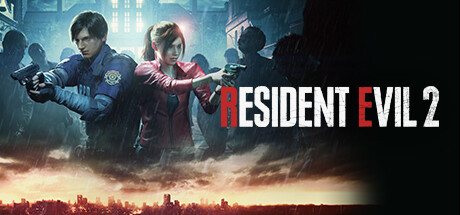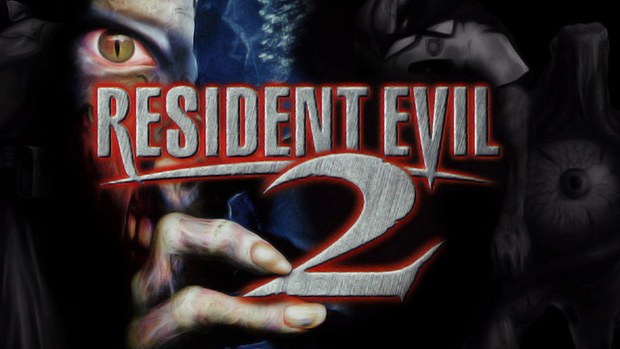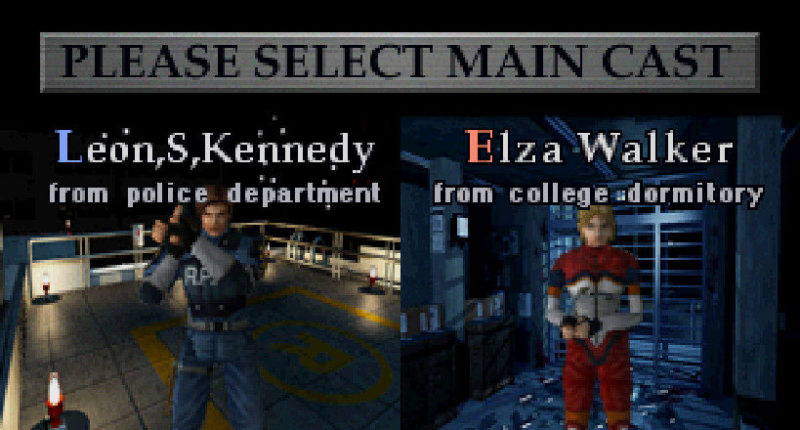Let’s go back to 1998, we’ve just finished playing Final
Fantasy VII and we’re blown away about how amazing that was and we’re eagerly
awaiting the release of story-telling epic, Metal Gear Solid. Surely PlayStation
can’t get any better than that? On January 21st, 1998 the most
anticipated sequel to the best-selling survival horror game of all time,
Resident Evil 2 was released.
Now, how exactly do you follow up the critical hit that was
Resident Evil? Resident Evil 2 was directed by Hideki Kamiya and produced by
Shinji Mikami, who directed the original Resident Evil, and featured a troubled
development feature over 50 members of staff over around 21 months. Development
started one month after Resident Evil was released in early 1996 and was first
shown at the “V-Jump Festival” in July of that year. This was the publics first
look at what would later be dubbed by the community as “Resident Evil 1.5” as
it featured a similar narrative to the first game as two months after Resident
Evil, a zombie outbreak has now taken over Raccoon City thanks to Umbrella Corporation and their illegal
experiments. The game was looking to feature two new protagonists; Leon S
Kennedy, a new police officer going to his first day at work at the Raccoon
City Police Department (RCPD) and Elza Walker, a college student and motorcycle
enthusiast who’s hometown happens to be Raccoon City. In this iteration of the
game, the characters paths did not cross, and each character had their own cast
of support characters. As a result of the new city environment, the developers
looked to increase the amount of characters on screen at any given moment, as
such they actually removed detail from the zombies to decrease the polygon
count in each character to then fill the screen with them. The game featured
dynamic music and applied changes in the background environments depending on
in-game events. Player characters would then be able to collect body armour to
take more hits and costume improvements that would allow them to carry more
items.
Regardless, a lot of this information may sound a little
foreign to you as what I described above was not the Resident Evil that hit
store shelves. When Producer, Hideki Kamiya reviewed the game at about 60-80%
completion and it was decided that the game was not yet worthy of being the
sequel to Resident Evil and was later described as “dull and boring”. As such
the project release date of May 1997 was scrapped and development was
restarted. The team brought in a professional screenwriter, Noboru Sugimura who
was a fan of the first Resident Evil game was originally consulted on a trial
basis but was then later brought in to write the entire main scenario. One huge
change that was made to the game script was to shift Elza Walker into a relatable
character Claire Redfield, Claire is the sister of the first games protagonist
- Chris Redfield as such that enforced a connection to the events of the first
game.
Some of the new features that Resident Evil 2 brought to the
table was extravagant and artistic backgrounds, no longer contained within the
Arklay Mansion, the sequel takes place in the bright and colourful city streets,
sprinkled with indoor environments such as the sewers and the RCPD Building.
The main story takes place mostly within the RCPD Building, an old art museum
that has been converted into a police department. As such it features mind
melting design decisions, keys that only open certain doors and direct access
to an underground chemical laboratory… because, obviously. Resident Evil 2 now
features full-motion videos (FMV) that allow for cinematic moments that
pre-rendered into a video file to be played when story moments are completed
and feature full voice acting. Character models feature less detail than the
original game as intended to feature more characters on screen, however the
main characters can now feature textured damage to the character models and
purpose made animations such as limping when they are hurt. Gameplay mostly
remains the same from the original game as characters are controlled with “tank
controls” and firearms are used to take down zombies and other creatures. Items
and weapons can be found in the environments and completing puzzles and Ink
Ribbons return to create the tension by limiting the amount of saves the player
can make.
Taking place on September 29th, 1998 which is two
months after the events of the first game, rats from the sewers have been
infected with the T-Virus! A Bio-chemical weapon developed by Umbrella
Corporation that allows for the dead to become undead. Leon Kennedy takes a
detour on his way into the city and enters a diner where Claire Redfield is
already being chased by zombies! After a moment of heroism, the two characters join
forces and drive towards the RCPD. On the way they unfortunately get run off
the road by an infected at the wheel (typical, eh?) and the two characters are
now split up by an explosion. Depending on which character you select there are
two unique narratives to explore. Join Leon S Kennedy as he uncovers a mystery
surrounding a new human-like infected and what secrets lie at the bottom of the
Umbrella labs underground. Choose Claire Redfield and follow her journey to
meet Sherry Birkin and find her brother, Chris Redfield.
Resident Evil 2 released in 1998 to huge critical acclaim.
It was widely praised for being a successful follow-up to Resident Evil and setting
a great example of what a sequel can be. It later became the fastest selling
video game in North America and over its release weekend it grossed $19 million
dollars with over 380,000 copies sold. As of 2011, it has 4.96 million copies
sold worldwide and became the franchise’s best-selling game on PlayStation.
After its initial release on PlayStation, Capcom went on to capitalise
on other major platforms of the time. A new version for PlayStation’s new DualShock
controller was released that took advantage of their new thumb-stick technology
allowing for a new control style, this version would serve as the starting
point for all ports after this. There was a Windows 9x version that ran at much
higher resolutions than home consolers. In 2006, 8 years after its initial
release, a Windows XP PC-DVD was released and included new high quality FMV. A Sega
Dreamcast version was released that utilised the visual memory unit if one was
slotted into the controller. In a stroke of technical genius, somehow Resident
Evil 2 was ported to the Nintendo 64, taking what was available on two CD-ROMs
of up to 650MB per disk and compressing it down into a 64MB cartridge. This
port wasn’t without its’ disadvantages as the FMV’s were heavily compressed but
features many features unavailable on other platforms. These features include a
dynamic resolution that changes performance based on what is being processed
on-screen, smoother character animations, better textures for 3D Models and a Dolby
Surround Sound converted soundtrack.
The legacy of Resident Evil 2 cannot be understated. It is
the benchmark that most survival horror games are measured against, it serves
as the basis of the current canonicity of the Resident Evil franchise. It
spawned countless games, spin-offs, comics, soundtracks and audio dramas. It remains
to this day, one of the best games ever made. As such in August 2015, Capcom
announced that a remake of Resident Evil 2 was in development for PS4, Xbox One
and Windows PC.





Comments
Post a Comment